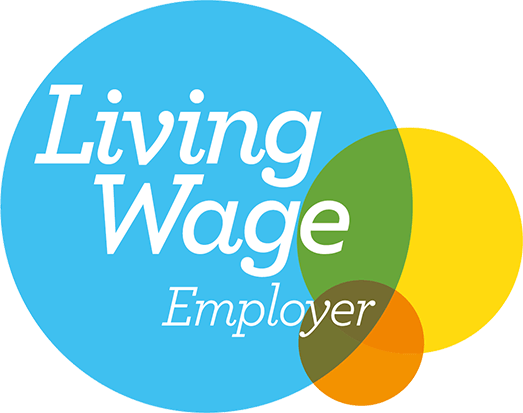News
Levelling Up
28 May 2021
The fact remains that no government has been successful in levelling up the country, and with the current Government’s unwavering commitment to looking after their own, I have serious doubts that the overall goal of levelling up the country will be achieved.

As the UK emerges from the COVID-19 global pandemic, there has been significant emphasis placed on how the country can recover as robustly as possible. As mentioned in the recent Queen’s Speech, one way that this is being driven by the government is the new agenda of “levelling up”. Levelling up could mean a number of things and brings several debates to mind, in a society rife with inequality. However, in their levelling up, the Government is looking at regional disparities, and giving those communities that have fallen behind a chance to catch up. £4.8bn has been allocated by the Government to the Levelling Up Fund, in an attempt to close the (widening) gaps in society. It is important to look at some of the specifics of this levelling up agenda, and the role we as planners can have in helping to achieve this.
Town centre regeneration is the first agenda item we will consider. We are all aware of the decline of the high street, perpetuated by influences such as the rise in online shopping, and now exacerbated by national, and local lockdowns. New Permitted Development Rights, and the recent introduction of Use Class E have made town centre properties more accessible, and open to flexibility, than ever. Through these new planning regulations, what we do not want is the complete death of the high street as it is entirely replaced by housing. However, the introduction of high-quality housing into town centres can be successful in bringing people back into these areas. This, in combination with the flexibility of Class E, means that a range of uses can, and should, be introduced into town centre areas. After all, it is variety and diversity, that makes a place successful and interesting.
Everyone is aware of the disparity in house prices between the north and the south of the country, which is a reflection of the regional inconsistencies of opportunity. One way to improve the availability of opportunity is through significant investment in infrastructure in the north. Better transport links and improved local transport networks improves accessibility, and social mobility, which in turn opens up employment and investment opportunities. Better infrastructure means that opportunities for housing developers are more enticing and may result in the rejuvenation of areas, closing the gap between more developed parts of the country. £1bn from the Towns Fund will be divided between 45 towns in England, with them having more control over how investment is made; improved infrastructure is likely to be a priority for many.
With the new housing targets, it is predicted that nearly 400,000 homes will be built on greenfield sites in the south of England, in comparison to the north, where there is a higher prevalence of brownfield sites. This conflicts with the Government’s levelling up agenda, as this will not only be seen as putting pressure on areas in the south (playing into the likes of CPRE’s hands), it could also discourage housebuilders from investing in the north, where values could be lower.
The fact remains that no government has been successful in levelling up the country, and with the current Government’s unwavering commitment to looking after their own, I have serious doubts that the overall goal of levelling up the country will be achieved. However, the £4.8bn is a welcome investment, and one thing is for sure, planners will have an important role to play in this unique opportunity as we continue to emerge from the pandemic.







